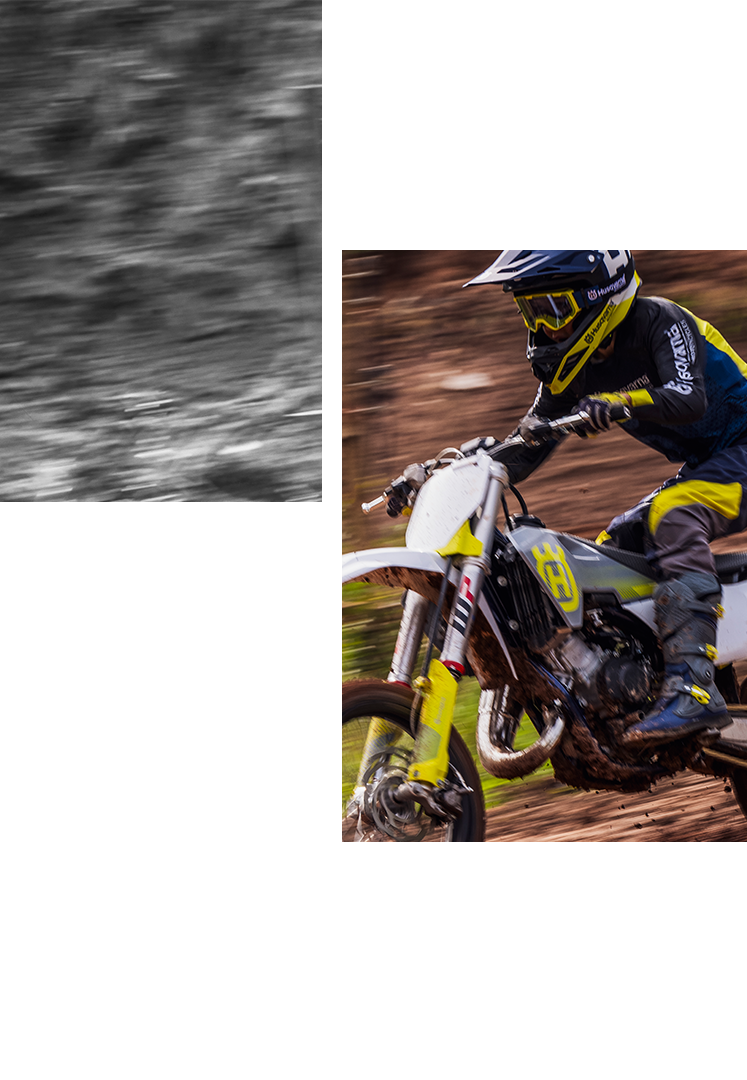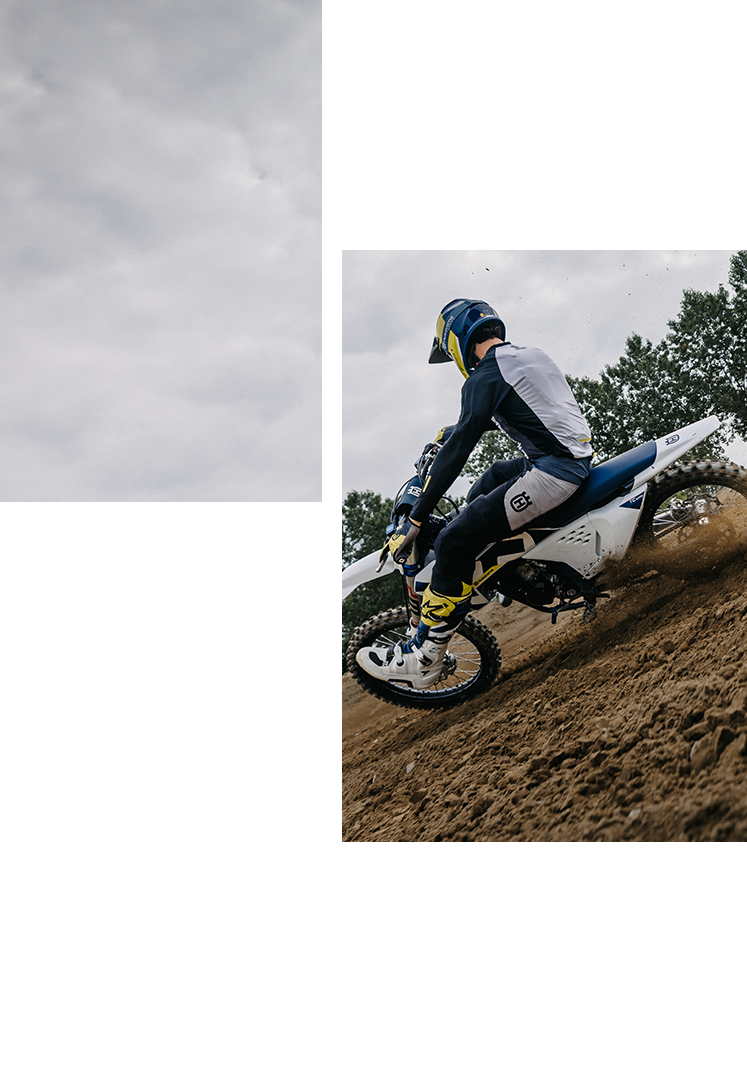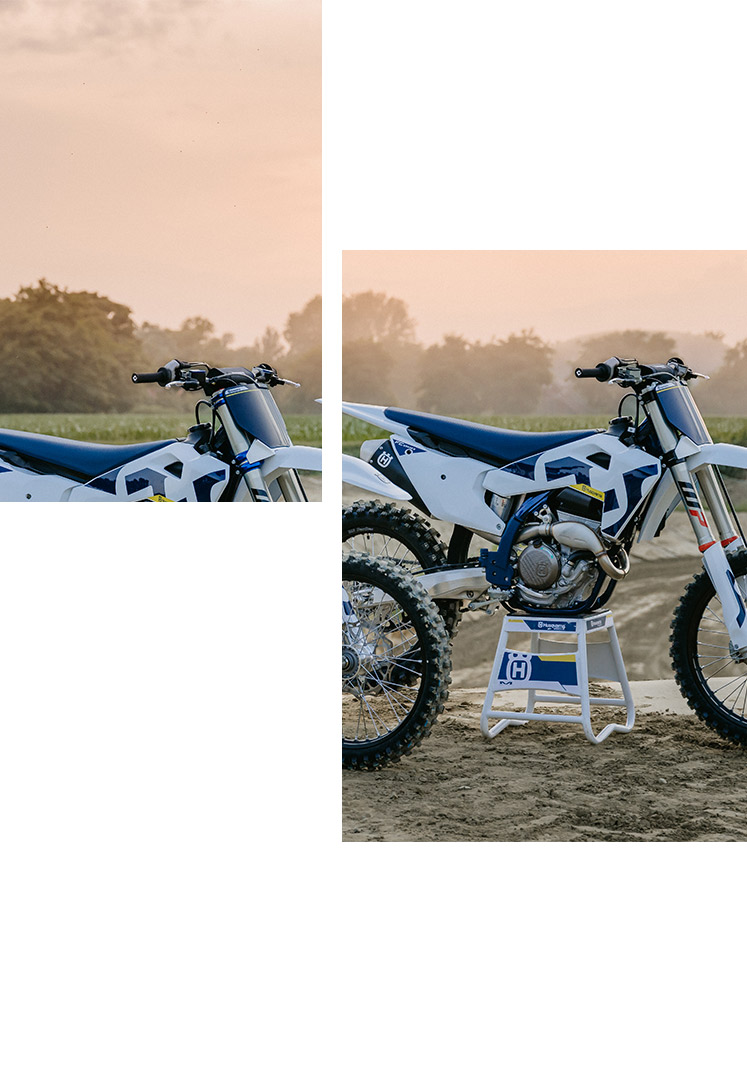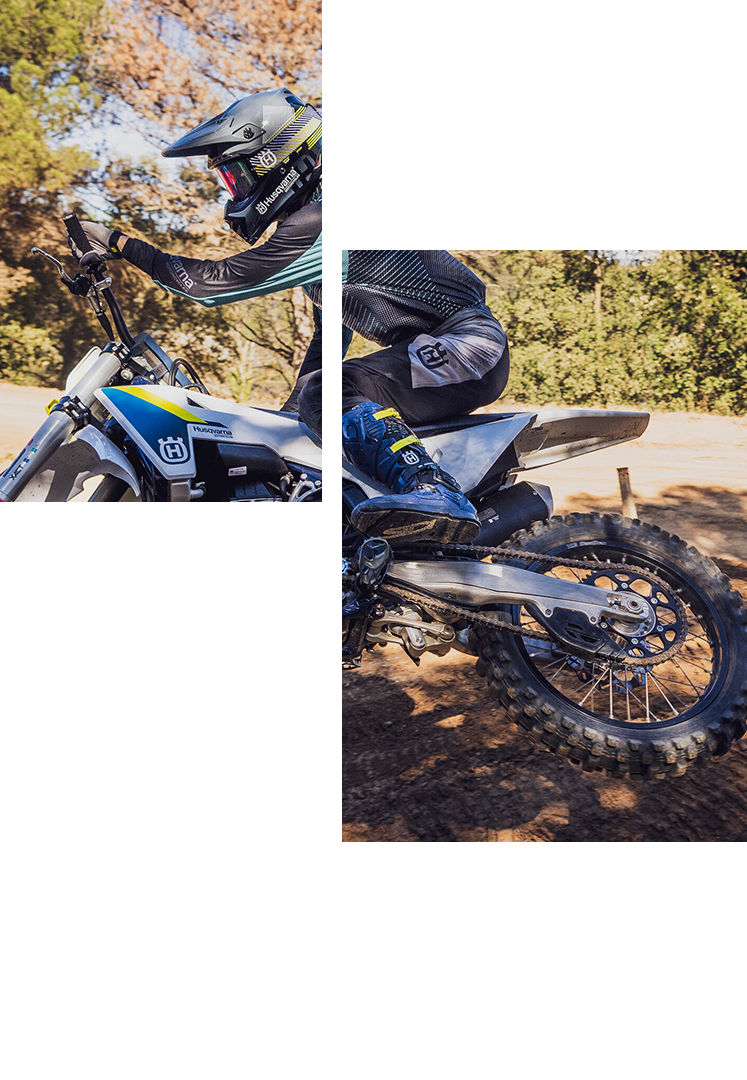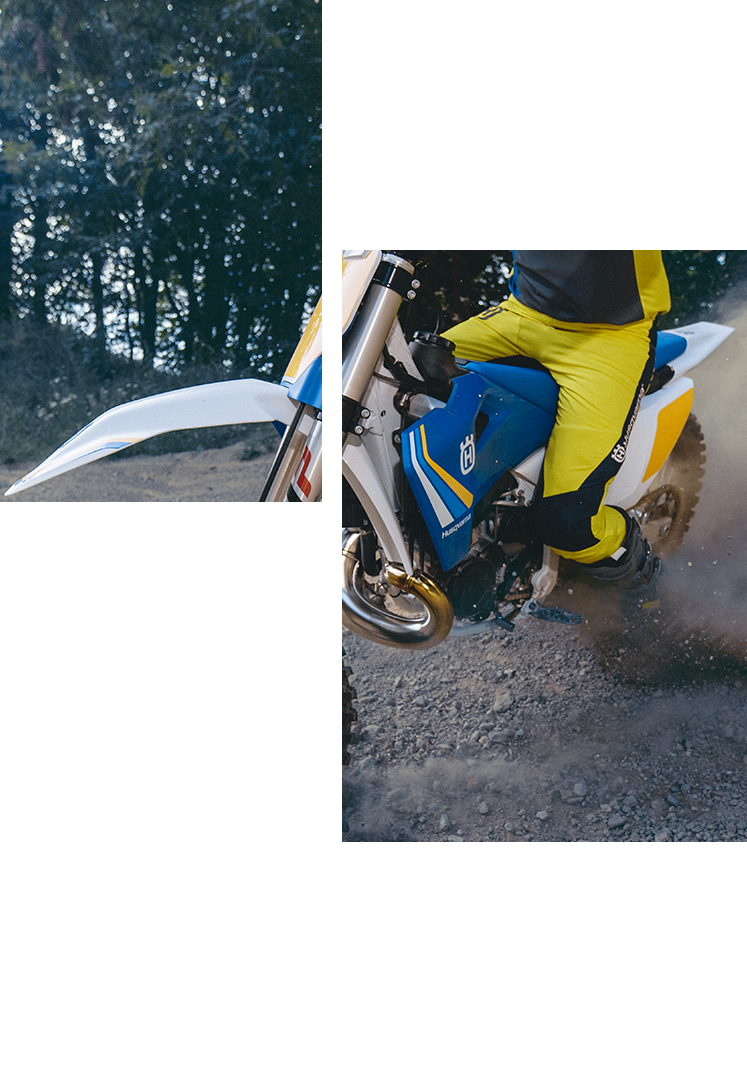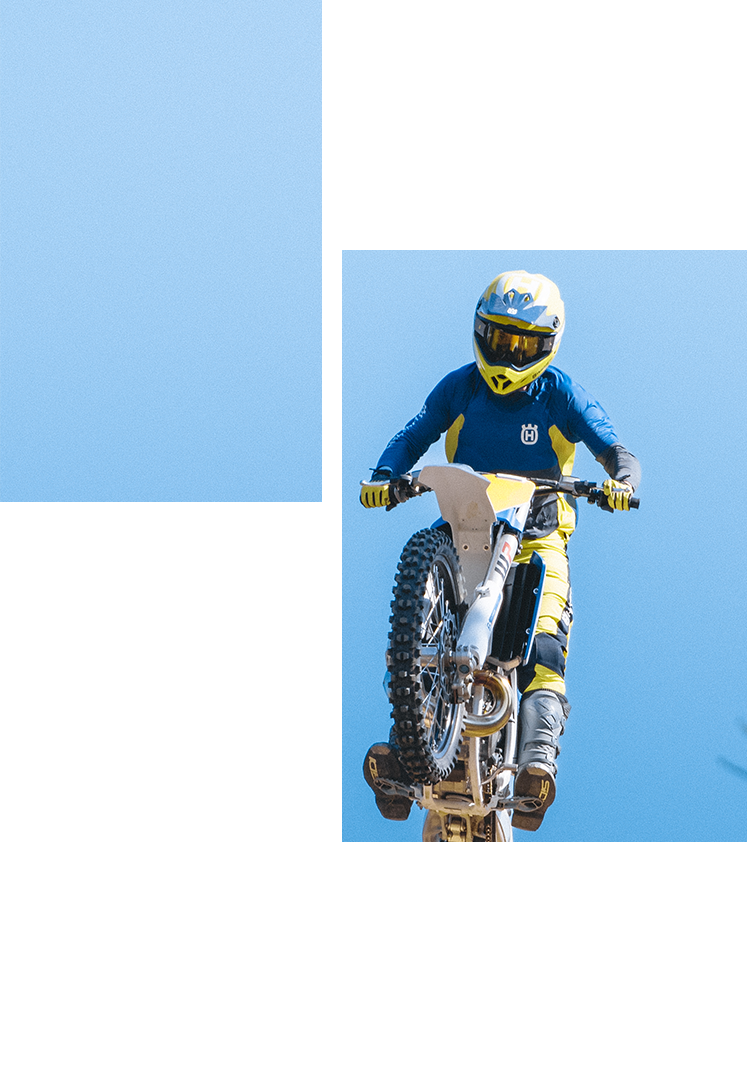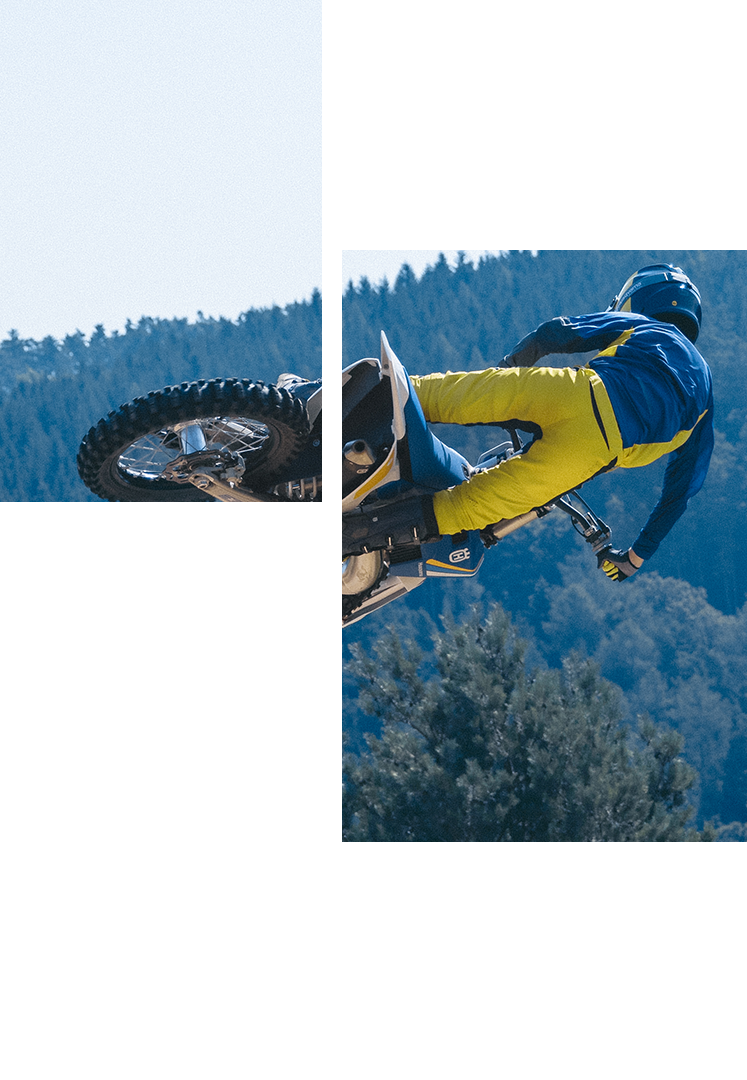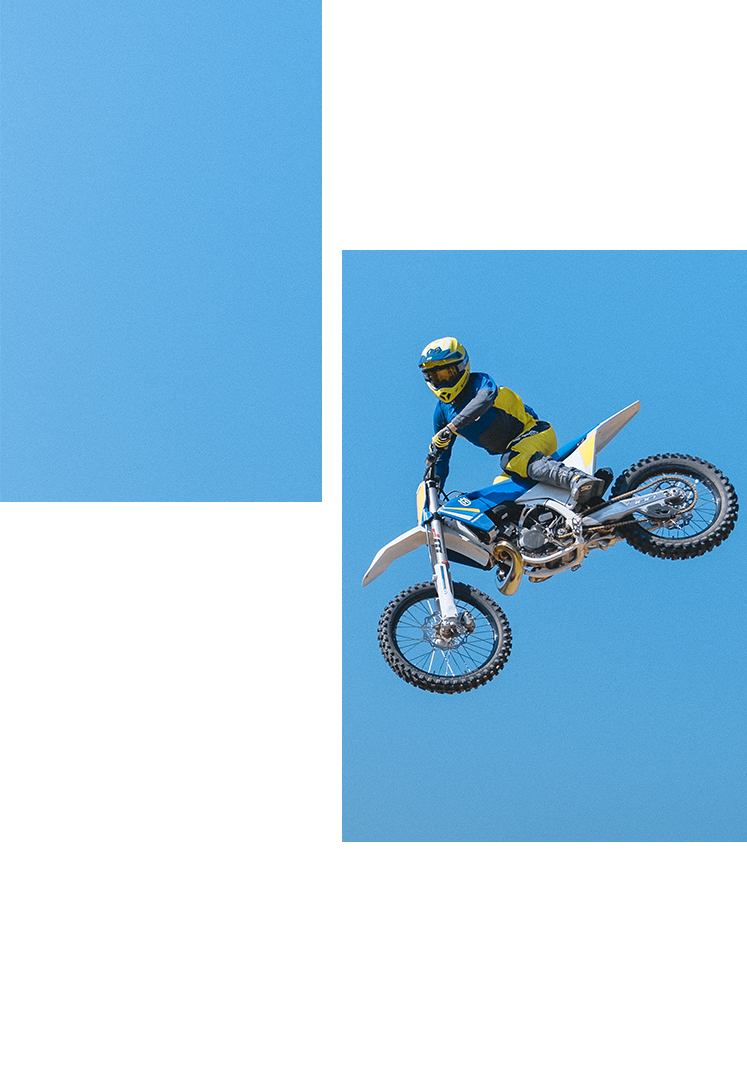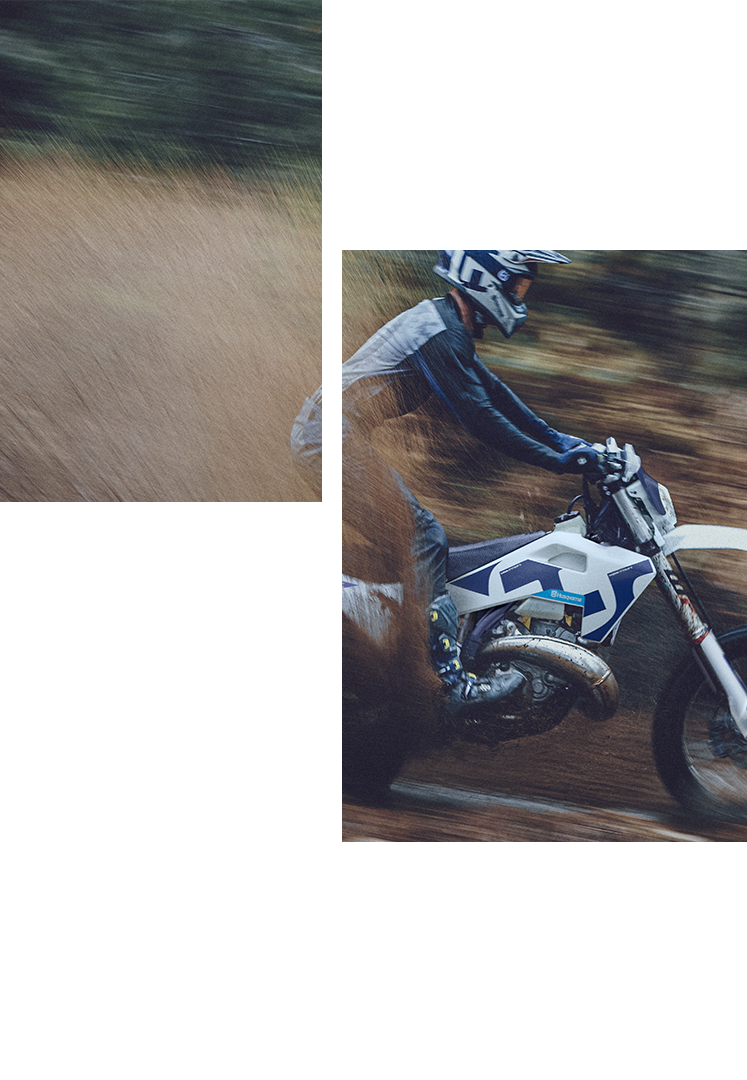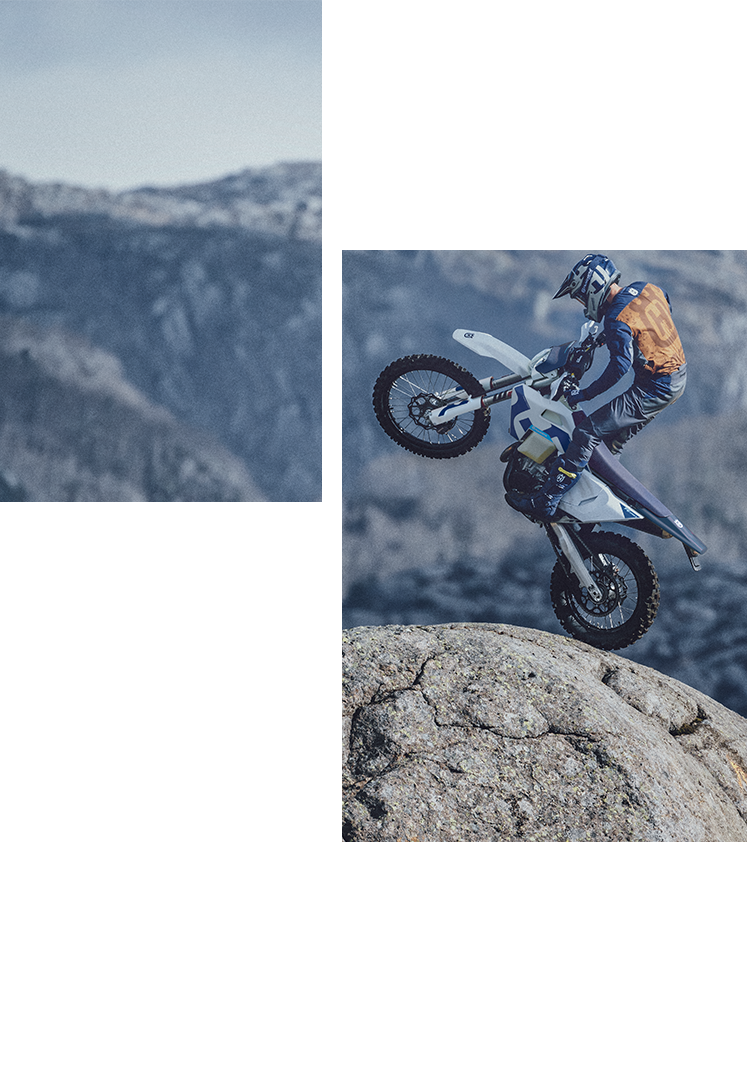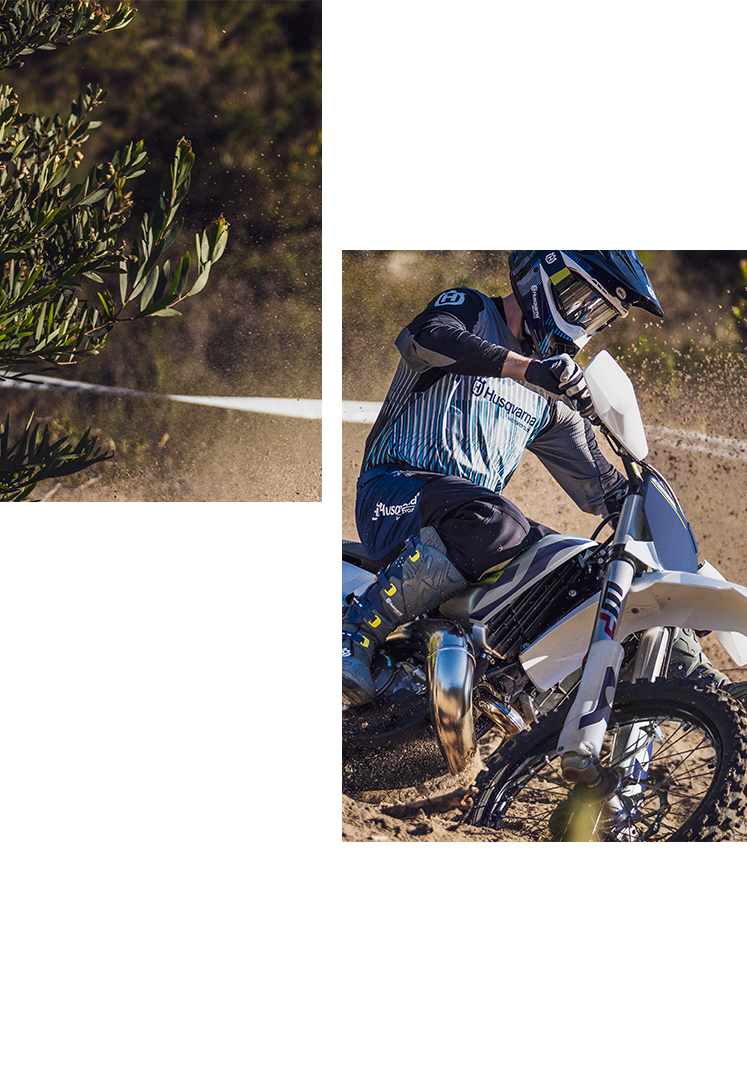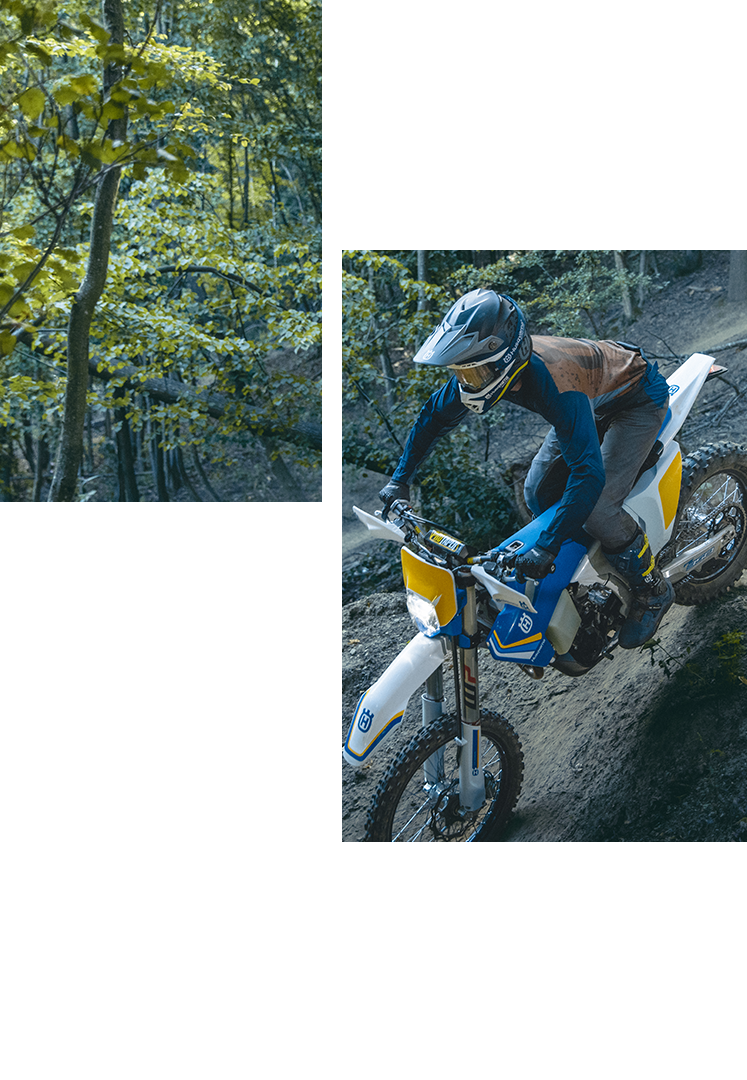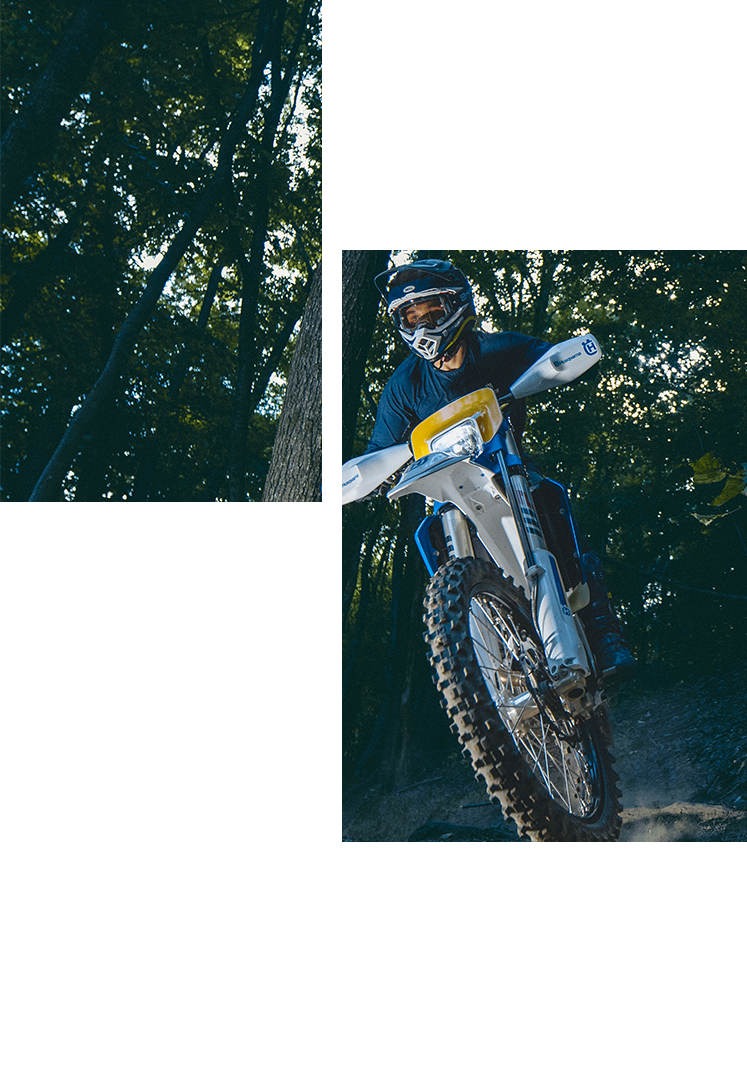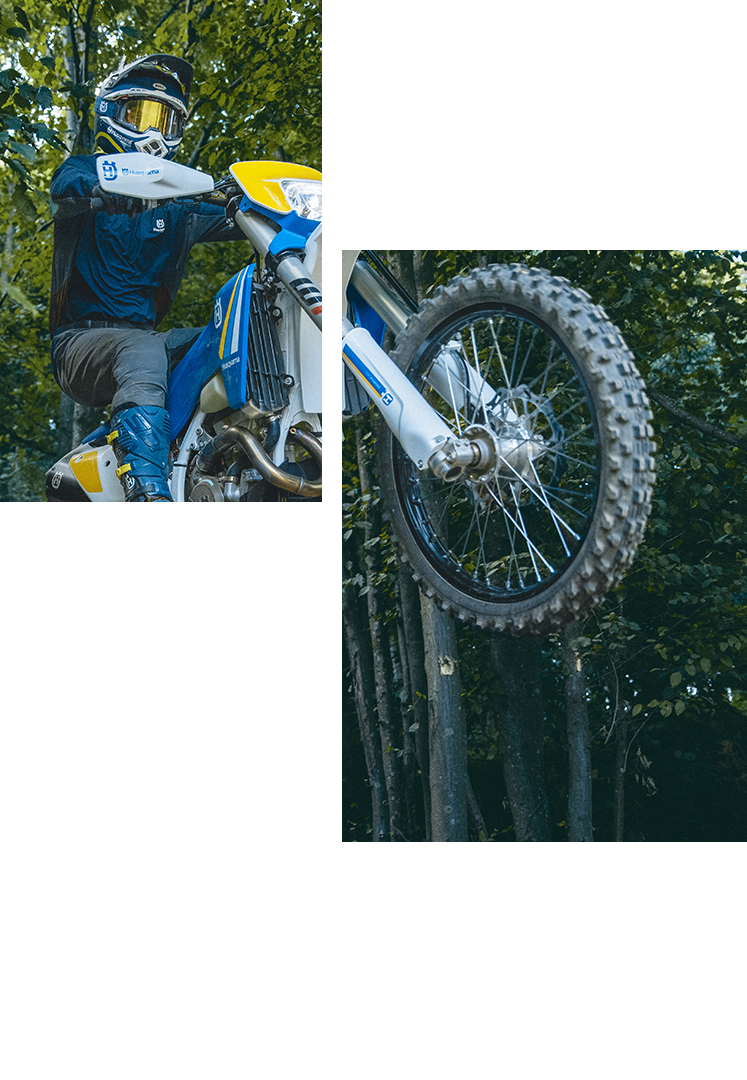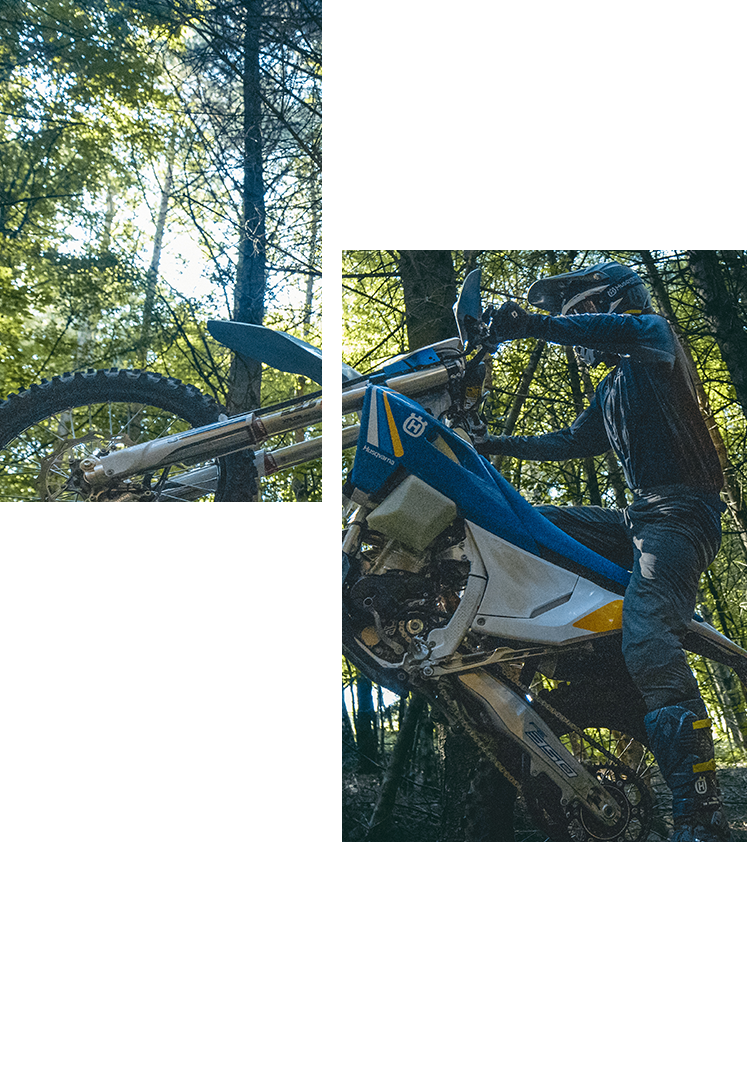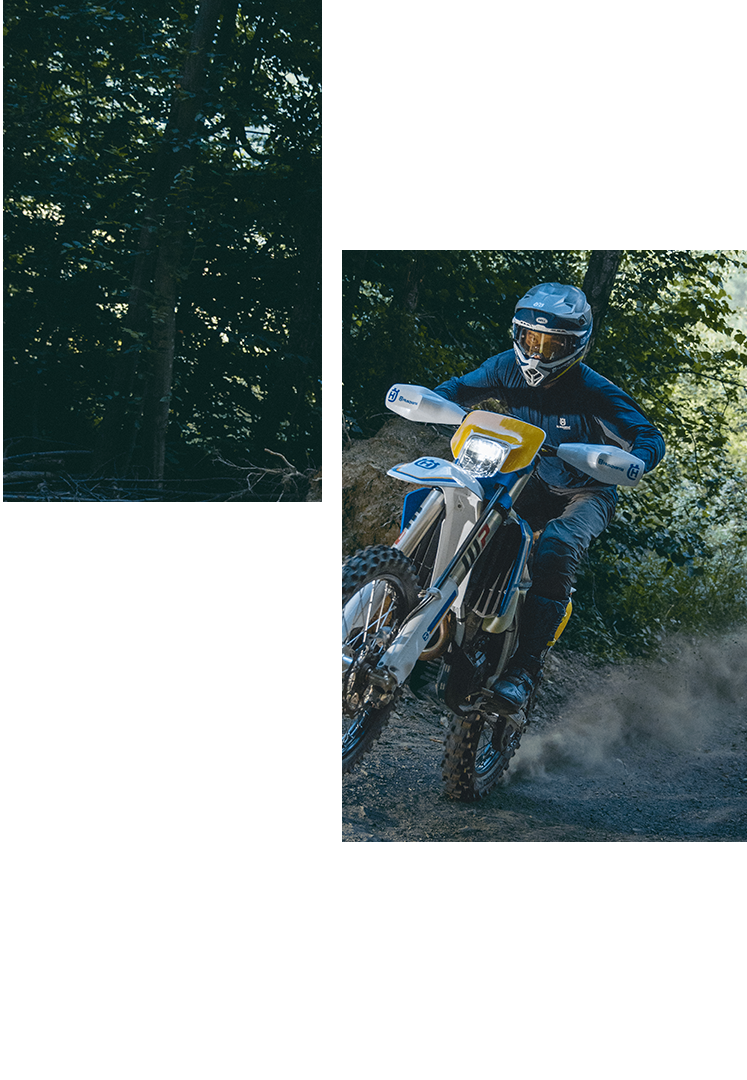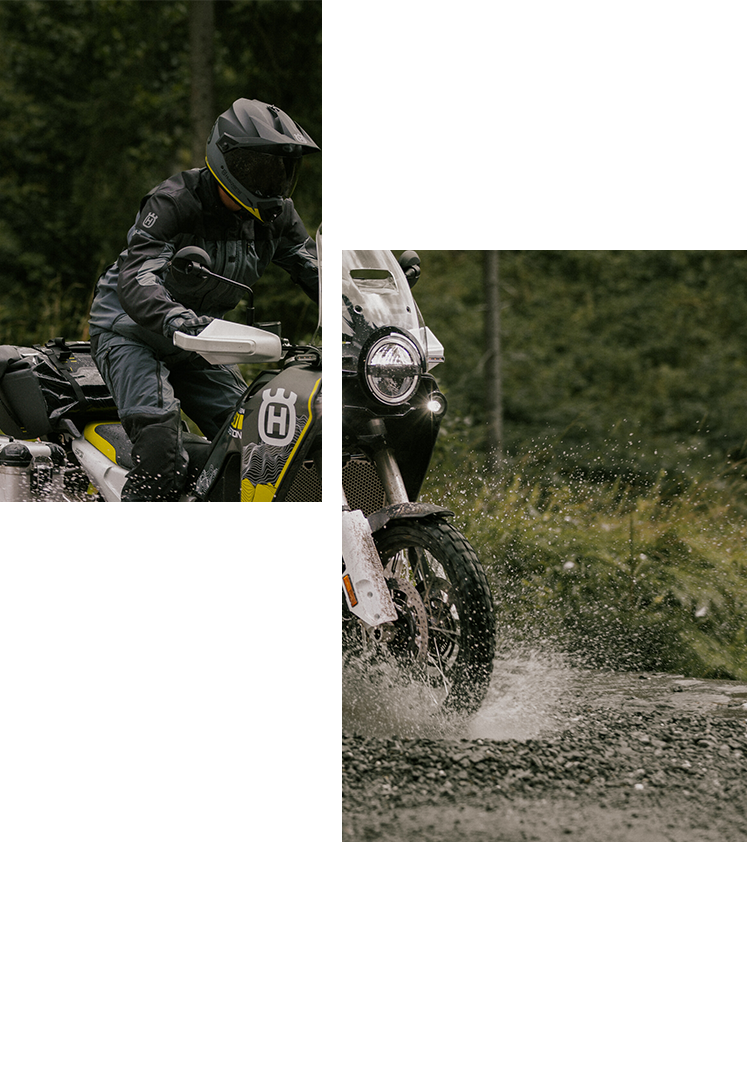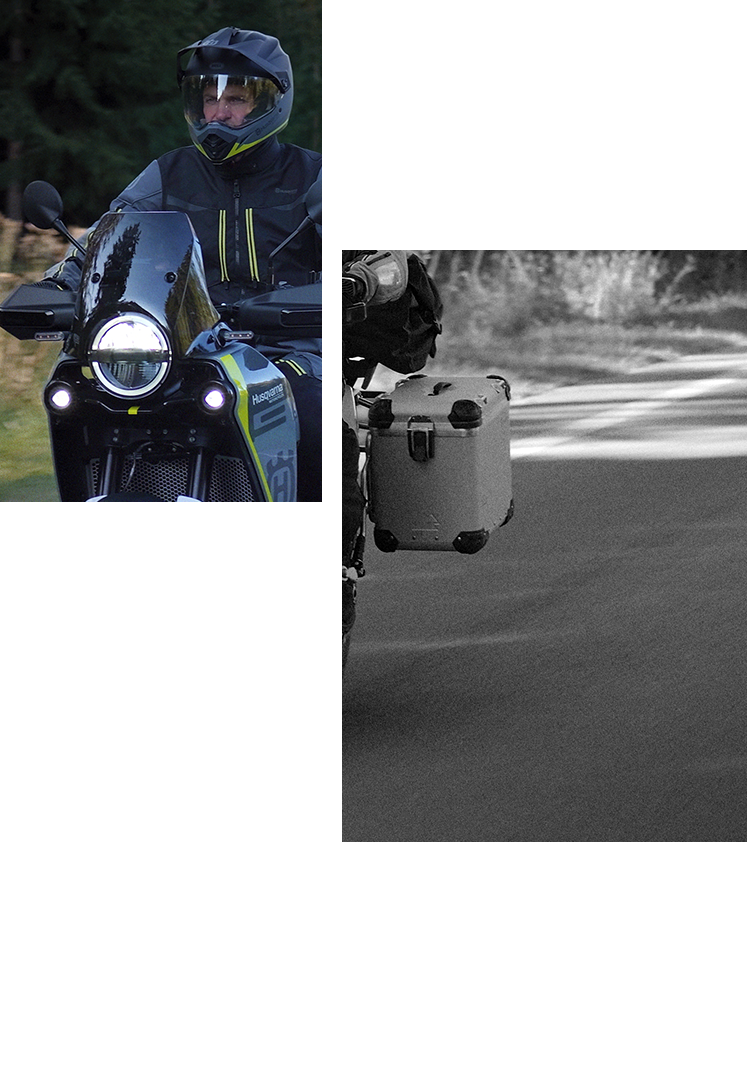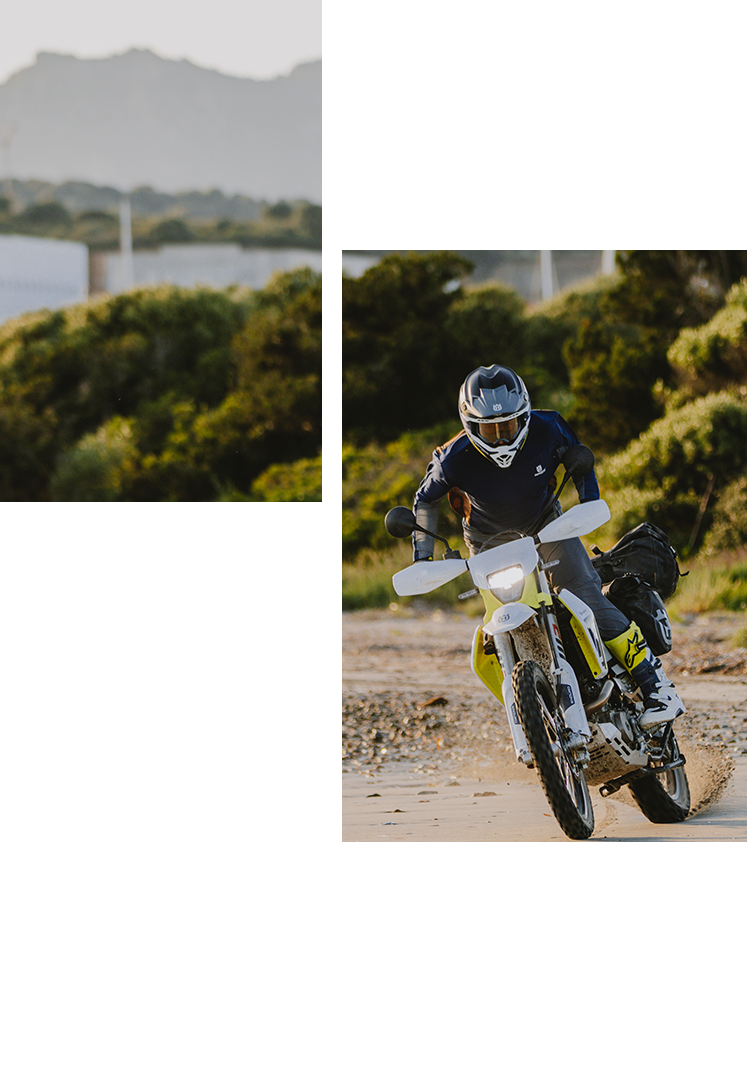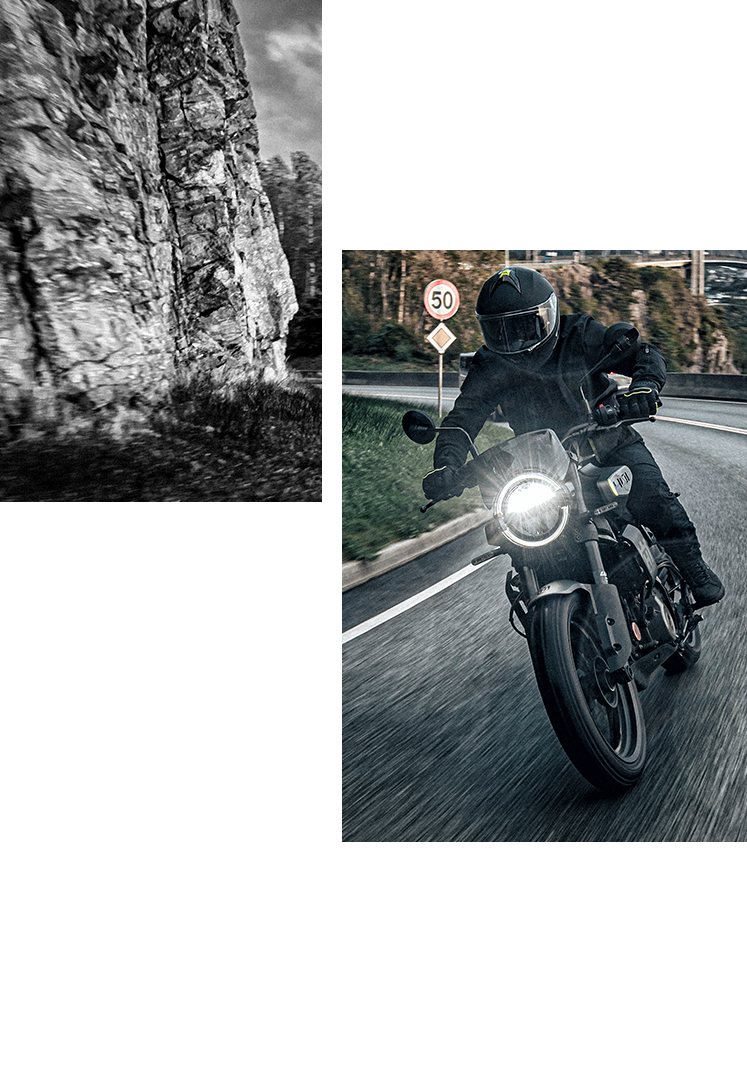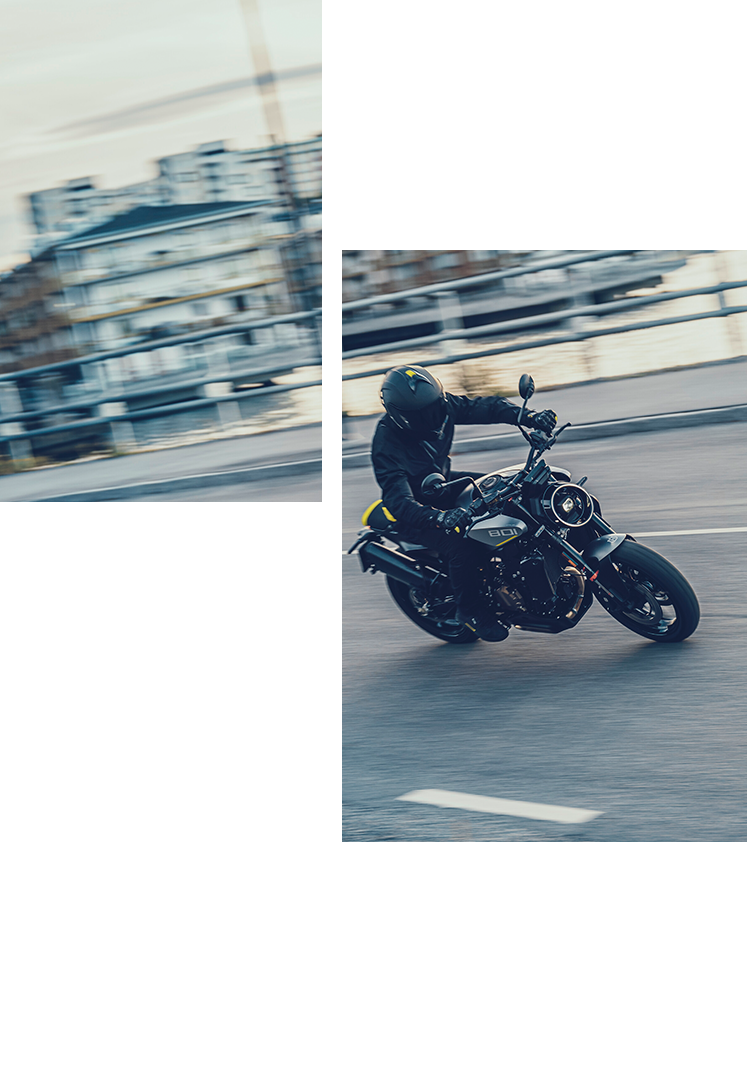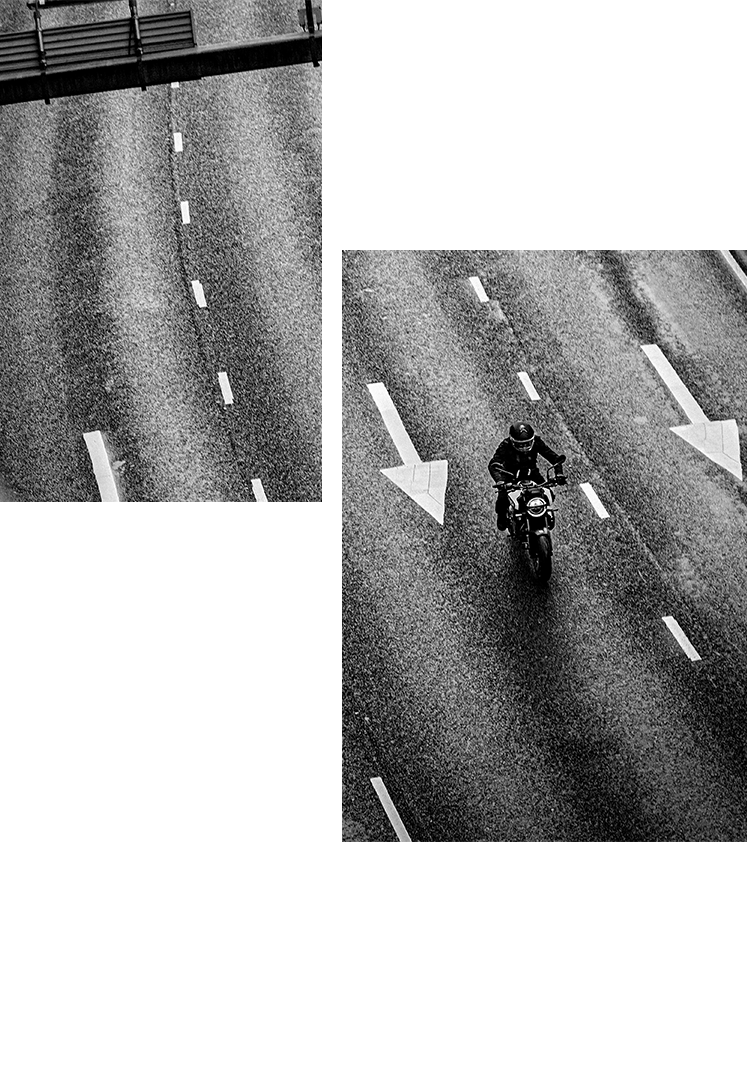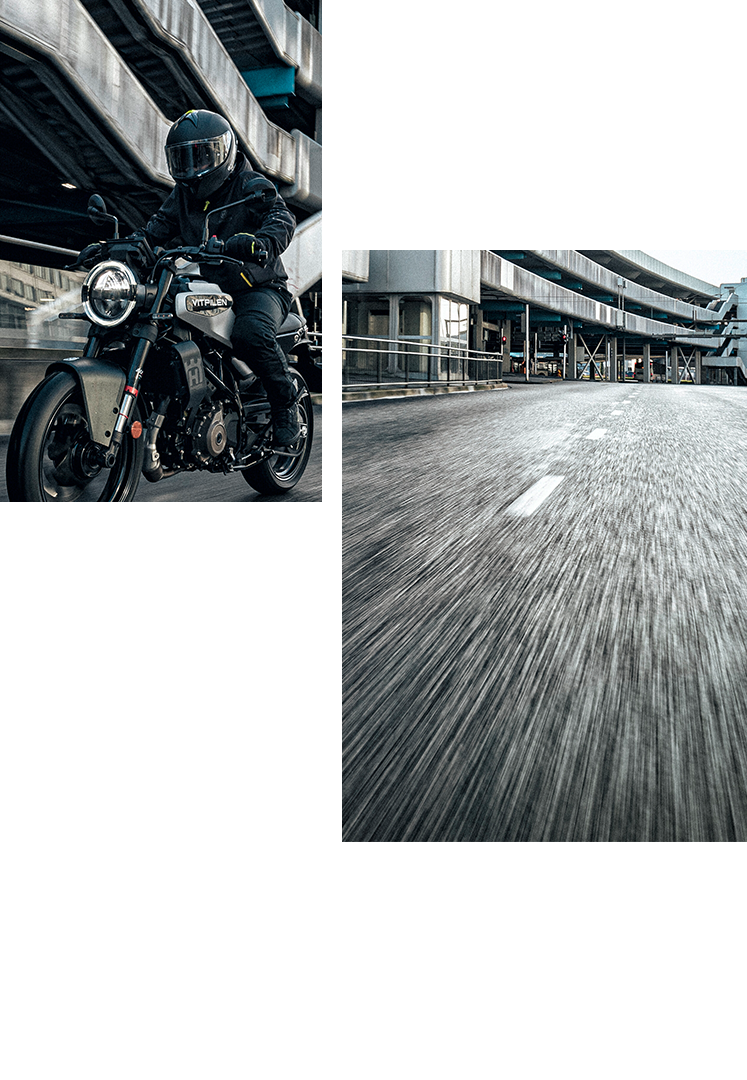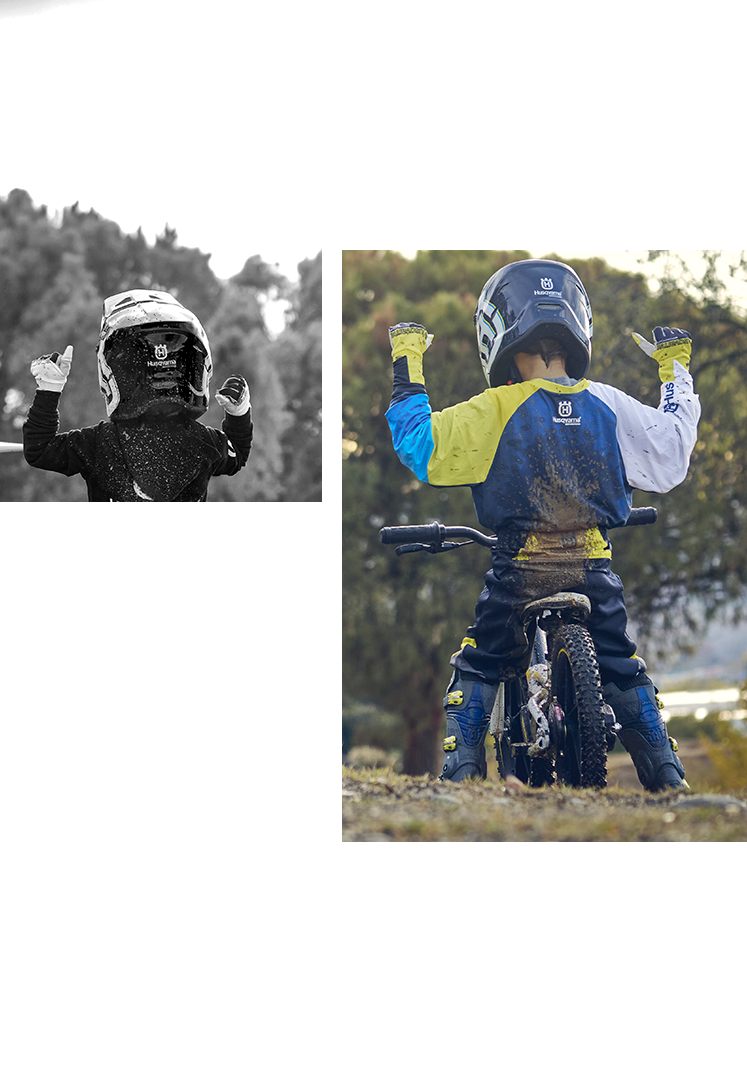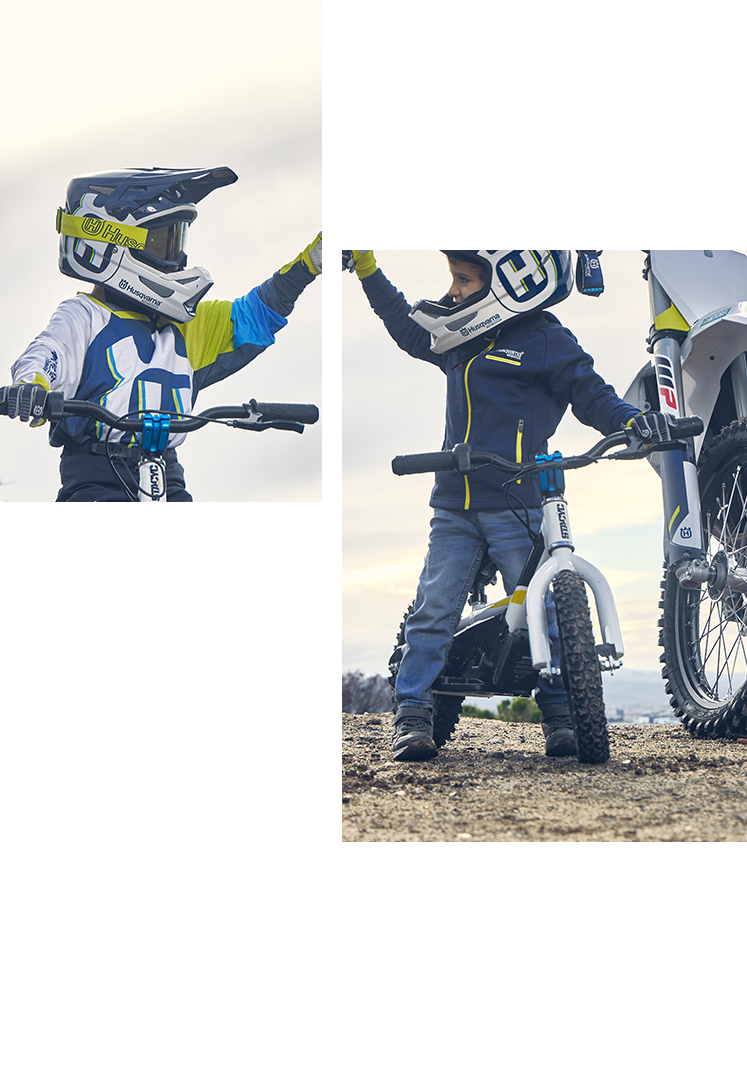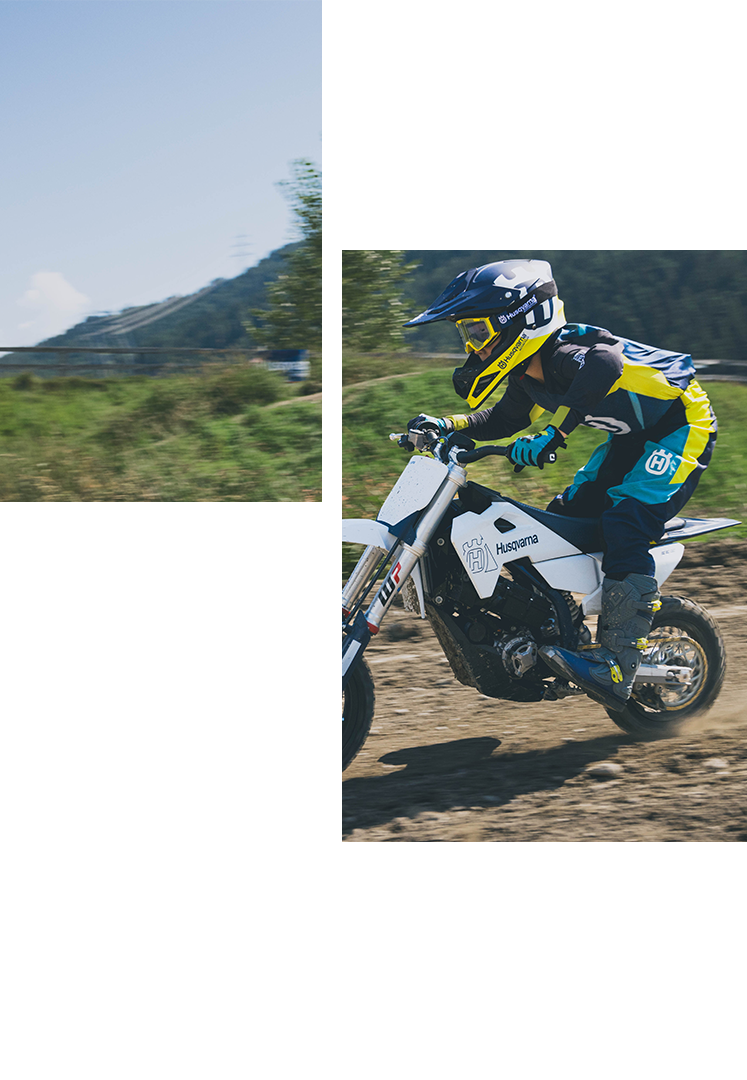The 17th Century Husqvarna ancestors would rise from their graves if they'd seen these extraordinary blood-pumping stunts. It was the beginning of a brand with its own soul, taking success to new heights in this spectacular game. “On Any Sunday” by Bruce Brown was a superhit both among professionals, motorcyclists and wannabes. Bruce was credited for getting a lot of attention from common bike riding to motorcycle track and desert racing. A lot of fresh enthusiasm came into motorcycles and this wonderful movie helped seduce new two-wheel fans. When this movie was produced, the film makers not only wanted to show the sunny side of motorcycling, but also had the ambition to include the free spirit that accompanies riding. Besides fame, some of the scenes show riders without helmets and without any protection gear - almost impossible to screen nowadays with safety hanging around every corner. The hippies in the movie all have it in common that they like motorcycles. They show the audience that riding is fun and doesn't have to be dangerous if you go at your own pace. Then, of course, there are monumental scenes when you wonder if this performance is possible on a bike.
On any sunday soul
by Kenneth Olausson
The movie “On Any Sunday” is carefree. It is a motorcycle documentary, but mostly contains dramatic scenes. Shadows of the Devil make appearances when actors do wheelies as easy as any of us eat breakfast. Divine Husqvarna ambassadors like Steve McQueen and Malcolm Smith show ambition that go along with a free spirit.
RRRRRRrrrrrr … toiling the two-stroke sound, distinctive as a birdsong. This extraordinary blast of a roaring engines vibrates through the desert air as McQueen and gang set off and disappear into the horizon. The famous movie actor Steve with his steel-blue eyes is one of the major stars in the film “On Any Sunday” and he plays an adrenalin-flowing role in this film. McQueen is showing off on his Husqvarna. The film actor proved to be one hell of a racer, sky-dancing in the air on his favourite machine. American Malcolm Smith - a true Husqvarna-mounted master of his unique kind – is another star. The spontaneous Malcolm isn't only a nice guy, but also devoted his life to riding - a hobby that turned out to be a profession. Being also a businessman, he made himself a career that became lucrative not only to the watching public, but also to himself and family. Malcolm was a successful Husqvarna agent and sold tons of goods after his film performance.
It is a movie with soul. When you follow the performers around vast deserts and narrow tracks, they're sure to take your breath away - not once, not twice, but all the time during the 96-minute footage. The original version was released in the summer of 1971. Scenes shot from a helicopter were unheard of in those days, but Bruce Brown did not spare any effort to go all-out in his solid ambitions. However, the movie isn't only about stars, motocross, offroad riding and Six Days events. It covers most aspects of bike riding; from the Salt Flats of Bonneville to Flat Track racing around narrow circuits.
For the Husqvarna brand, “On Any Sunday” became established to a wide audience who learnt how to spell and pronounce the Swedish name. Unlike in the 1930s, when English-speaking race fans thought the name being "Husky-Banana", the Americans now learned their lesson. Many viewers became curious and went to their nearest dealer for more information about these Viking products from a faraway land. Sales had a boost and the brand image became cemented among the Americans.
Bruce Brown was born in San Francisco on December 1, 1937 and grew up in Southern California, attending school in Long Beach before moving to Dana Point. Even though Brown already had a successful movie to his credit, he found that financing a film on motorcycling wasn’t going to be easy.
“I talked to a few folks and knew that Steve McQueen was a keen rider,” Brown said. “Even though I’d never met him, I set up a meeting to talk about doing “On Any Sunday”. We spoke about the film concept, which he liked. Then Steve asked what I wanted him to do in the film. I replied by wanting him to finance it. He laughed and told me he acted in films; he didn’t finance them. I then jokingly told him, ‘Alright, then, you can’t be in the movie.’ The next day after the meeting, I got a call and it was McQueen. He told me to go ahead and get the ball rolling with the movie - he’d back it. His financial contribution was set at 313,000 US dollars.”
Filming the movie often proved to be a challenging experience for Brown. Some of the most dramatic shots of the movie were the extreme closeup slow-motion segments of the Grand National races. From his surfing movie days, Brown was used to working with super telephoto lenses. The budget didn’t allow the expense of high-speed cameras, so Brown improvised by using 24-volt batteries in the 12-volt film cameras. Brown tried to show the unique talents needed for the different forms of racing. For instance, the motocross riders were free-spirited, while desert racers were often loners. In Grand National racing, Brown showed the differing personalities, such as the business-like approach displayed by Mert Lawwill versus the carefree style that wild rookie David Aldana became known for.
“On Any Sunday” is generally acknowledged as the best movie ever made about motorcycles and bike racing. It helped spur the explosive growth during the 1970s and Brown’s film conveyed the fun and enjoyment that motorcycling added to people’s lives. It also documented the 1970 season of AMA Grand National racing by following defending champion Mert Lawwill. Many people from all walks of life took up motorcycling after seeing the movie, which became a great success, also being nominated for an Academy Award.
“On Any Sunday” became a cultural movie that will tease bike folks in eternity – looking around their next corner for the rest of the life!




